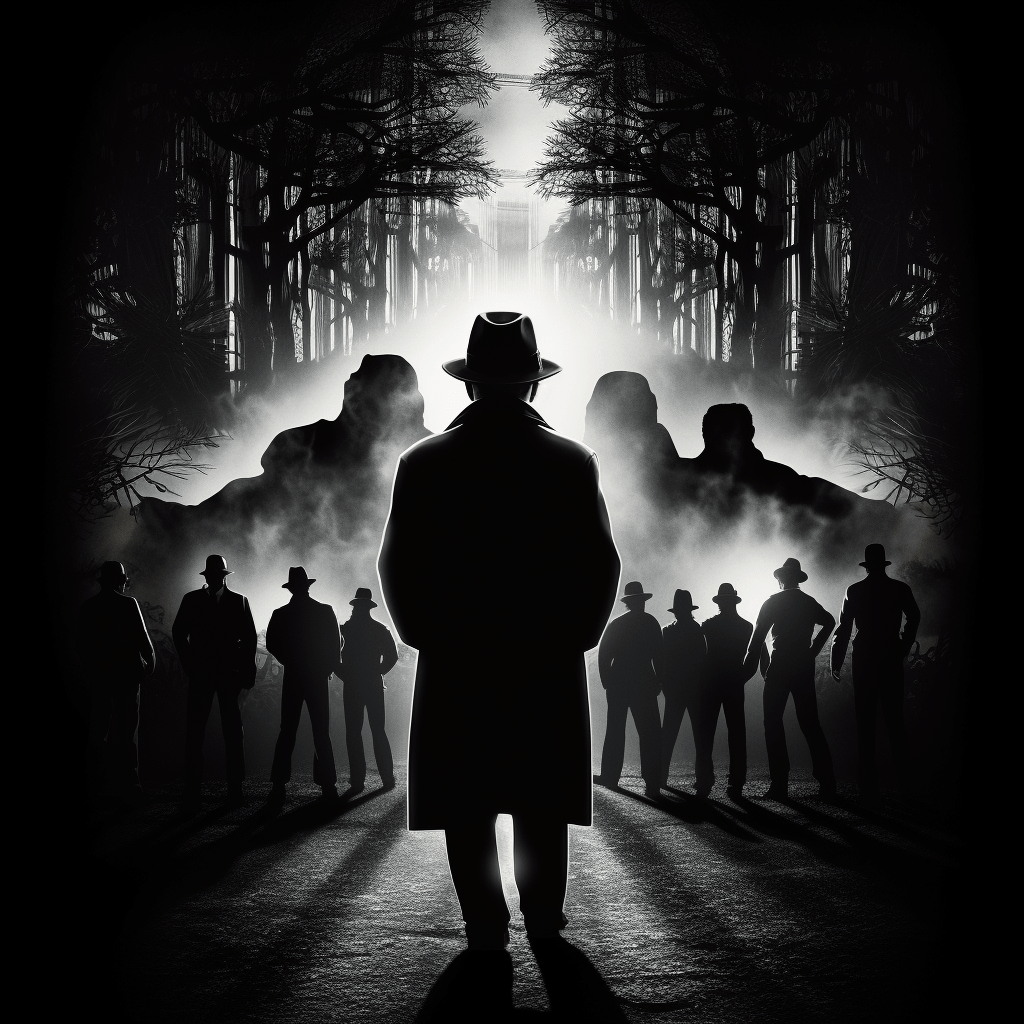The Aviator 2004

A cinematic titan, Howard Hughes' meteoric rise as a filmmaker, entrepreneur, and aviation innovator is rivaled only by his inner turmoil. As he navigates a life of luxury and excess, Hughes' crippling phobias and debilitating depression threaten to upend his carefully crafted facade, exposing the fragility beneath his brilliant mind.
Does The Aviator have end credit scenes?
No!
The Aviator does not have end credit scenes.
Actors
Meet the cast of The Aviator and learn about the talented actors who brought the characters to life. Explore their roles and career highlights.
Links
Explore where to watch The Aviator online. Find reviews, ratings, and detailed movie information on other platforms like Metacritic, Rotten Tomatoes, IMDb or Media Stinger
Ratings
Discover how The Aviator is rated on popular platforms like IMDb, Metacritic, and TMDb. Explore audience and critic scores to see how this movie ranks among the best.

77
Metascore
7.7
User Score


%
TOMATOMETER

0%
User Score

7.5 /10
IMDb Rating
Movie Quiz
Challenge your knowledge of The Aviator with an engaging quiz. Test your memory of the movie’s characters, plot twists, and unforgettable moments.
The Aviator Quiz: Test your knowledge on the life and struggles of Howard Hughes as portrayed in 'The Aviator.'
What childhood warning does Howard Hughes receive from his mother?
Awards
Discover the awards and nominations received by The Aviator. Explore the history of The Aviator and its cast and crew.



Art Direction
Cinematography
Costume Design

Film Editing
Best Picture
Sound Mixing
Writing (Original Screenplay)
Best Film




Best Original Screenplay
Best Cinematography
Best Costume Design
Best Editing
Best Makeup and Hair
Best Original Music
Best Production Design
Best Sound
Best Special Visual Effects
Best Picture





Outstanding Performance by a Cast in a Motion Picture

Best Motion Picture – Drama


Best Supporting Performance in a Motion Picture – Drama, Musical or Comedy (Actress)
Cate Blanchett
Plot Summary
Get the full story of The Aviator with a detailed plot summary. Dive into its themes, characters, and the twists that make it a must-watch.
In the year 1914, young Howard Hughes is bathed by his concerned mother, who warns him about the dangers of disease, declaring, “You are not safe.” Fast forward to 1927, now a wealthy heir residing in California, Howard, portrayed by Leonardo DiCaprio, is deeply engrossed in directing the ambitious film Hell’s Angels at just 22 years old. To manage the family business, he brings on Noah Dietrich to oversee the Hughes Tool Company.
Driven by a relentless pursuit of realism, Hughes finds himself fixated on the completion of his film, leading to an arduous process that stretches over several years and costs a fortune. When he finally completes Hell’s Angels, the film faces stiff competition with the premiere of The Jazz Singer, known as the first partially talking film. Hughes, undeterred, decides to re-shoot his film to incorporate sound, an endeavor that costs him an additional $1.7 million and takes another year. Despite initial skepticism from the press, his efforts bear fruit as Hell’s Angels becomes a commercial success. Yet, his perfectionism gets the better of him, prompting him to re-cut the film post its Hollywood premiere.
Amidst his cinematic endeavors, Hughes finds romance with actress Katharine Hepburn, played by Cate Blanchett. Their relationship blossoms, providing Hughes some relief from his escalating obsessive-compulsive disorder (OCD). However, as Hughes gains more fame, his relationships with various starlets, including Kate Beckinsale, eventually spark feelings of jealousy in Hepburn.
Hughes’ true passion lies in aviation. He secures a controlling interest in Transcontinental & Western Air (TWA), laying the groundwork for his future aviation ventures. In 1935, he test drives the H-1 Racer, achieving a new speed record but faces a crash in a beet field. With confidence, he boasts to Hepburn, “Fastest man on the planet.” By 1938, he completes a daring flight around the globe in merely four days, beating the previous record by three full days. However, his rival, Juan Trippe, chairman of Pan American World Airways, enlists Senator Owen Brewster to push forth the Commercial Airline Bill, aiming to establish a monopoly on international air travel, posing a direct threat to Hughes.
The relationship between Hughes and Hepburn faces strain when she confesses her love for fellow actor Spencer Tracy. In the aftermath, Hughes briefly pursues other love interests, including a young Faith Domergue before becoming involved with actress Ava Gardner.
Hughes takes on contracts with the Army Air Forces for two significant projects, including a spy plane and a massive troop transport designed to navigate the U-boat threat in World War II. However, by 1946, he only completes the XF-11 reconnaissance aircraft, while the H-4 Hercules, also known as the Spruce Goose, remains unfinished.
As his OCD spirals out of control, characterized by repetitive behaviors and an overwhelming fear of dust and germs, Hughes is determined to test the XF-11. Unfortunately, a malfunction results in a crash in Beverly Hills, leaving him severely injured and requiring a long recovery. Despite the cancellation of the H-4 project, he continues to develop the aircraft using his personal finances. Once discharged from the hospital, he faces a tough choice between sustaining the struggling TWA or aspiring to finish the Hercules project. In a bold move, Hughes directs Dietrich to mortgage TWA’s assets to fund his ambitious aviation dream.
As paranoia envelops him, he resorts to extreme measures, such as installing microphones and eavesdropping on Gardner’s calls. His psychological state deteriorates further when the FBI searches his home for evidence of war profiteering, leaving him with deep emotional scars. When Brewster proposes dropping the charges in exchange for TWA’s sale to Trippe, Hughes vehemently declines.
Ultimately, Hughes withdraws from reality, isolating himself in his screening room in a state of despair, while Hepburn tries, in vain, to support him. Trippe capitalizes on Hughes’ withdrawal, orchestrating a subpoena for a Senate investigation, thinking Hughes will avoid confrontation.
After nearly three solitary months, Ava Gardner visits, offering him a fresh start by grooming him for the upcoming hearing. Rejuvenated, he passionately defends his reputation against Brewster’s accusations, claiming Trippe attempts to bribe the senator for personal gain. He asserts his commitment to complete the H-4 aircraft, vowing to leave the country if he cannot get it airborne.
Upon successfully test-flying the flying boat, Hughes convenes with Dietrich and engineer Glenn Odekirk to discuss a new jetliner for TWA, appearing to momentarily conquer his inner demons. However, reality soon blurs as he’s haunted by visions of men dressed in germ-resistant suits, causing him to repeat the phrase “the way of the future” incessantly. In a poignant flashback, he recalls his childhood, vowing to achieve unparalleled heights in both aviation and filmmaking, as the narrative fades to black, leaving a poignant reminder of his ambitions and struggles.
Videos
See the latest videos related to The Aviator. Explore trailers, interviews, and behind-the-scenes content that give you a deeper look into the film.
Keywords
Discover the keywords that describe the themes and topics of the movie. Explore the keywords that define the essence of the film.
Related Articles
Stay updated on The Aviator with insightful articles, reviews, and explainers. Unpack the movie’s deeper meanings, themes, and ending.
Featured on this page

What's After the Movie?
Not sure whether to stay after the credits? Find out!
Check out our other apps:
Actors
Companies
Latest Movies
© 2025 What's After the Movie. All rights reserved.














